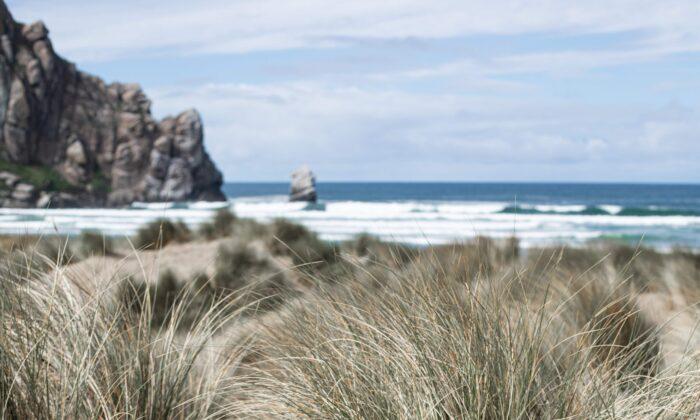Think Outside the Box
When your gardening space is small, it can be difficult to envision more than a potted plant or two in the corner. They key to maximizing your limited outdoor area is to think of it in three dimensions. You don’t just have a floor. You have walls and perhaps even a ceiling as your canvas.Walls are the perfect spot to create vertical gardens. You can build a simple framework to hold containers in a variety of shapes and sizes. You can also repurpose old furniture like dressers and bookshelves to create multi-level structures that display pots filled with your favorite plants, vegetables, and herbs.

Take Cues from the Design World
A singular, dramatic focal point delivers high impact in a small space. A colorful lemon tree or tropical frangipani in an eye-catching planter makes an ideal statement piece. Incorporate flowering groundcover around the plant’s base and the arrangement becomes a true showstopper. Situate the planter so it is the first thing you see when entering the area, and coordinate the rest of your plants to harmonize with the attention-grabbing piece.Color is also one of the easiest ways to maximize the appeal of limited garden spaces. Well-planned splashes of color add contrast and visual appeal. When choosing colorful plants, it is helpful to know a little bit about color theory. Understanding which colors complement and contrast each other helps you plan an attractive and cohesive overall design.
Following a color theme within a planter or group of planters is another way to build visual harmony in a compact area. You’re not limited to flowers, either. There are many herbs and vegetables that produce pops of color. Dill, thyme, chives, and sage are just a few herbs that boast bright blooms. Planted together or individually, herbs contribute nicely to your garden’s aesthetic, while also offering the benefit of being edible.

Know Your Growing Conditions
One of the most important ways to ensure the success of your small garden area is to understand its unique growing conditions. Before you buy a single plant, take some time to get to know your space. Note how much direct sunlight there is throughout the day and from which direction it comes. Soft morning light from the east is dramatically different than bright afternoon light from the west.Don’t Forget to Nurture Your plants
Watching small plants blossom into mature, beautiful specimens is one of life’s more satisfying experiences. But it doesn’t happen without regular attention.Container gardens require more water than their counterparts in the ground. Creating a regular watering schedule keeps your plants thriving and happy. While you don’t need anything more than a plastic cup or pitcher to get the job done, a watering can will make the job infinitely quicker and easier. Available in a variety of styles, watering cans also offer another way to add a dash of artistic flair to your outdoor space. They become garden art when they’re not in use.

Of course, be careful not to overwater. Each plant has its own requirements to achieve optimal growth, and too much water can also cause problems. A soil moisture meter is one inexpensive investment every container gardener should make. This simple tool is inserted near a plant’s base and indicates whether the soil is dry, moist, or wet. Using a soil moisture meter eliminates guesswork, so you can build a proper watering schedule.
Finally, don’t forget to regularly fertilize your plants. Container plants require regular nutrient boosts to thrive. You can find general plant fertilizer that is suitable for most plants and also plant-specific fertilizers. Whatever you choose, follow the application instructions. Just like too much water, too much fertilizer can inhibit your plants best performance.





